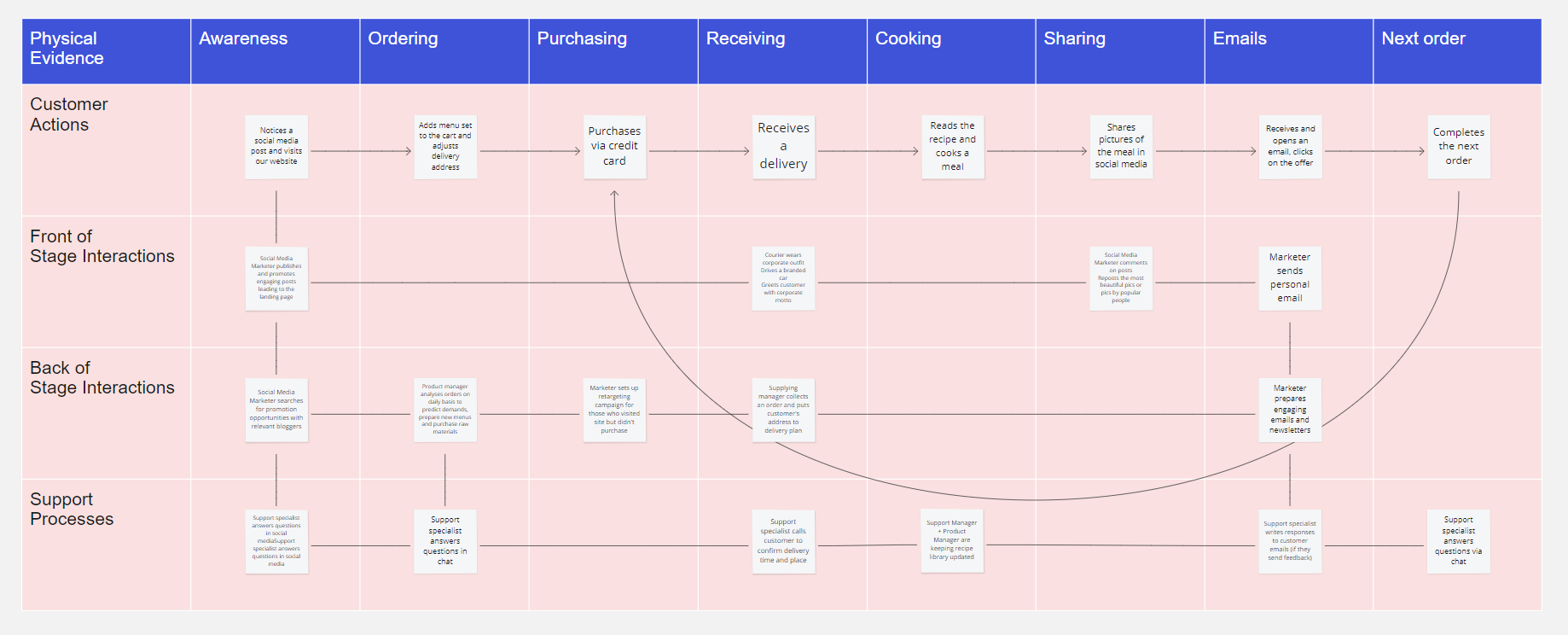When developing chatbots, if we want to provide customers or users of a company’s services with a truly seamless interaction experience with our brand or company, we must integrate the company’s IT systems into the dialogue interface.
Then people won’t need to leave the chatbot dialogue for a web browser, another mobile application, or even email to continue their journey in another application.
Integrations allow transforming chatbots into a VIP personalized service for interacting with the company, thanks to which potential and existing customers of the company will quickly perform the actions they need, they will not have to spend time studying various programs and sites of the company, and, accordingly, they will be more satisfied with the company.
Analysis of customer paths using the Customer Journey Map methodology is not enough to understand in systems, which integrations will be needed and which processes within the company may need to change with the implementation of the chatbot.
Service Blueprint process and system analysis methodology comes to the rescue.
Service Blueprint is a visual representation of all components that are included in providing a service, and their interaction with customers. It helps organizations better understand how they provide services, identify weak points, and determine opportunities for improvement.
Example of a company’s service map, made in Miro:

Here are the main steps for creating a Service Blueprint:
- Define the goal and persona: As with the creation of a Customer Journey Map, define the purpose of creating a Service Blueprint and select the type of customer (persona) for whom you are analyzing the service delivery process.
- Identify interaction stages: Break down the service delivery process into key stages, from start to finish.
- Determine touchpoints: Indicate all touchpoints between customers and your company at each stage of interaction.
- Divide the process into levels: Divide the service delivery process into levels, including the customer level (what customers see and perceive), visible internal interactions (what employees see and do who contact customers) and invisible internal interactions (processes that occur behind the scenes and are not noticeable to customers).
- Describe interactions and processes: For each touchpoint and interaction stage, describe what actions are taken, what resources are used, and which systems or technologies are involved.
- Identify problem areas and opportunities for improvement: By analyzing your Service Blueprint, identify areas where the service delivery process can be improved and find opportunities for optimization and innovation.
- Develop an improvement plan: Based on the Service Blueprint analysis, develop an action plan to improve the service delivery process. Determine priority tasks and assign responsibilities for their execution.
- Implement changes and track results: Implement the improvement plan, train employees, and monitor the results of changes, collecting feedback from customers and analyzing data about your company’s performance. This will help you determine which improvements truly lead to positive results.
- Analyze and adapt: Similarly, as with the creation of a Customer Journey Map, regularly review your Service Blueprint, taking into account changes in your company, industry, and customer needs. Adapt your improvement plan as necessary to remain competitive and constantly improve service delivery.
Creating a Service Blueprint is an iterative process that requires constant analysis, optimization, and adaptation to changes in the external environment and customer preferences. Regularly updating and analyzing your Service Blueprint will help you improve service delivery and increase customer satisfaction.